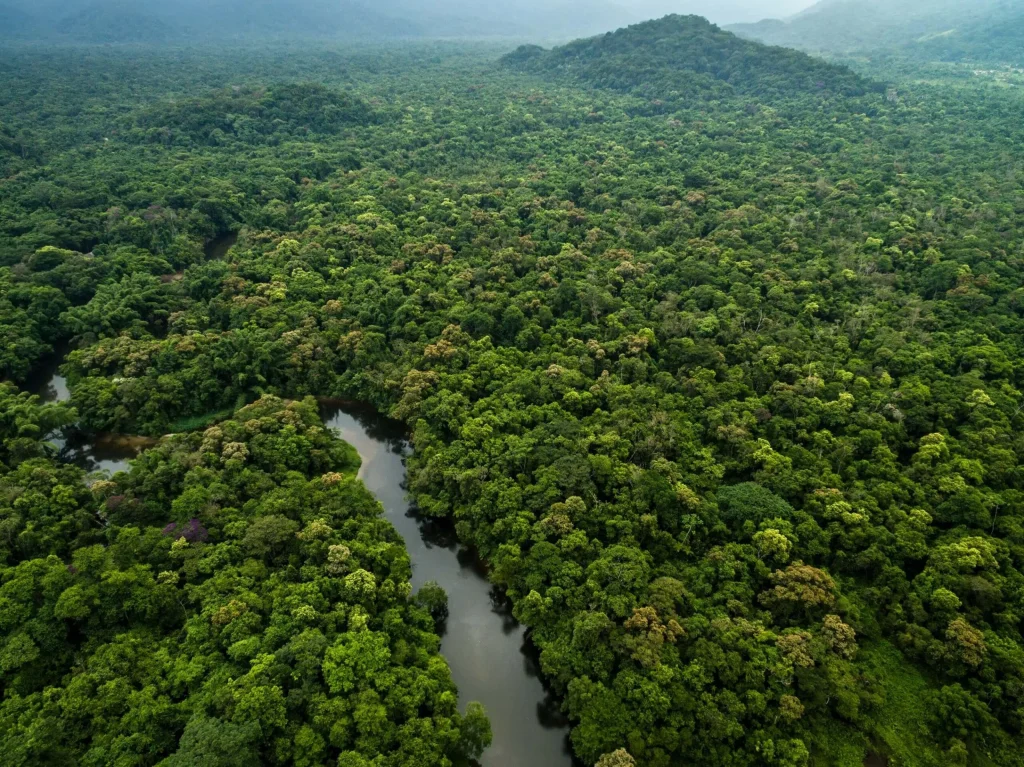The Amazon River in Colombia has seen its water levels drop by as much as 90%, as South America experiences a severe and widespread drought, a government agency reported on Thursday.
Colombia’s National Unit for Disaster Risk Management (UNGRD) announced that the river, which is the largest in the world by volume and flows through multiple countries including Brazil, Peru, and Venezuela, has been severely affected by drought over the past three months.
This drastic reduction in water levels is impacting Indigenous communities that rely on the river for food and transportation, the UNGRD added.

In Leticia, the capital of the southern Amazonas state and a key trading hub along the river, stranded boats and vast stretches of exposed riverbed have become a common sight. Residents say this is the worst drought in at least 50 years.
The European Copernicus Atmosphere Monitoring Service reported this week that wildfire activity in South America, particularly in the Amazon and Pantanal regions, has been “markedly above average.” Fires have spread across Colombia, Peru, Ecuador, Brazil, and Bolivia.
The Amazon River drought has hit Ecuador particularly hard, causing severe energy shortages and triggering rolling blackouts, while Brazil’s major cities have been blanketed by thick smoke from fires, with the fumes even drifting across borders into Argentina and Uruguay. In Colombia, the capital Bogotá has been rationing water for several months.


